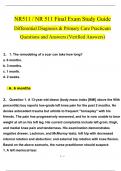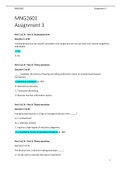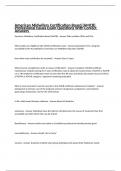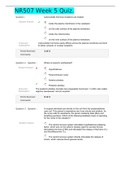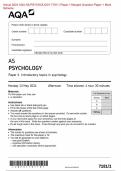Summary
UO Contract law problem question summary
- Module
- Contract Law
- Institution
- University Of Oxford
This is a good and unique contract law notes for problem questions and the tips for the exams. Essential!! To your success in academics!!
[Show more]








